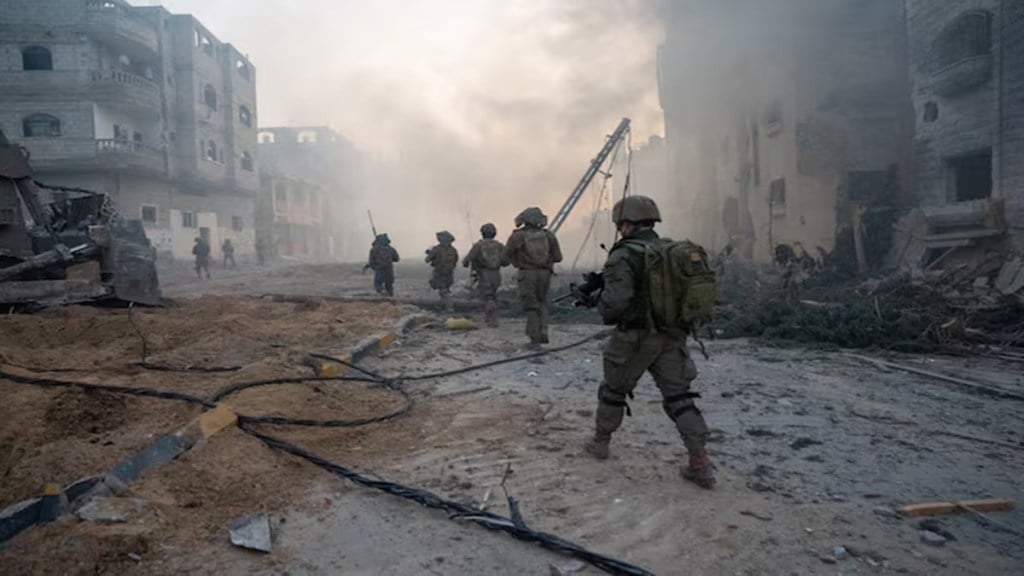Prospects for a cessation of hostilities between Israeli forces and Hamas in Gaza—mediated by the US, Qatar, and Egypt—appear elusive with US special envoy Steve Witkoff stating that Hamas showed a “lack of desire to reach a ceasefire”. Israel is ready only for a temporary ceasefire to facilitate the return of 50 hostages still held in Gaza, only half of whom are alive. Hamas seeks guarantees that this ceasefire would evolve into a permanent cessation of hostilities, besides the full resumption of humanitarian aid into Gaza which Israel has blocked since March. Ceasefire or no ceasefire, these inflows must resume as starvation stalks the 2.1 million citizenry of the Strip. Around 115 people have so far died from hunger, including 80 children, according to the Gaza health ministry. Malnutrition is surging with 90,000 women and children in urgent need of treatment, according to the World Food Programme. As if all this were not tragic enough, Israeli forces have killed 1,026 hungry Palestinians who thronged the limited food distribution sites that is part of a contentious new aid programme since May that is overseen by the Gaza Humanitarian Foundation (GHF) backed by the US and Israel.
Mounting global condemnation, but no shift in policy
These dire conditions warrant sustained international pressure on Israel to allow trucks with humanitarian aid to enter Gaza immediately and allow this to be distributed through the United Nations (UN). Twenty-eight countries including Britain, Japan, and many European nations have issued a statement that the war “must end now” and condemned “the drip feeding of aid and the inhumane killing of civilians, including children, seeking to meet their most basic needs of water and food”. But Israel is not heeding the international condemnation of its 21-month-long war with Hamas as it has US support. Currently, it is stepping up military operations in Deir al-Balah, a part of Gaza where it had earlier not deployed its ground forces.
Israel’s Prime Minister Benjamin Netanyahu is determined to keep on fighting till Hamas is destroyed, although the resistance group’s top leadership has been taken out. Close to 90% of Gaza has now been declared off limits for the displaced Palestinians. Earlier this month, Israel’s defence minister indicated that he wanted to establish a “humanitarian city” on the ruins of the southern city of Rafah to house 600,000 people and eventually the whole population of Gaza.
Forced displacement under the guise of aid
In this milieu, the UN has forcefully stated that the operations of the GHF are just a “fig leaf” to advance Israel’s military objectives in the Strip. Palestinians are forced to traverse long distances to access food from this aid distribution scheme in selected points so that they eventually relocate to southern Gaza. This appears to be the end game of Israel. Is it any wonder that the ceasefire talks are going nowhere? The limited progress in this regard is clearly a major setback to US President Donald Trump’s ambitions of being a peacemaker. While he secured a three-phase ceasefire ahead of his presidential inauguration, Netanyahu broke the agreement two months later after consulting his administration. While he obliged Trump to claim bragging rights as a peacemaker, perhaps in exchange for fewer restraints to deal with the Palestinians, the ones who are suffering the most are the hapless Gazan citizenry—of whom 59,106 have been killed, mostly women and children—and facing full-blown humanitarian crisis conditions.

